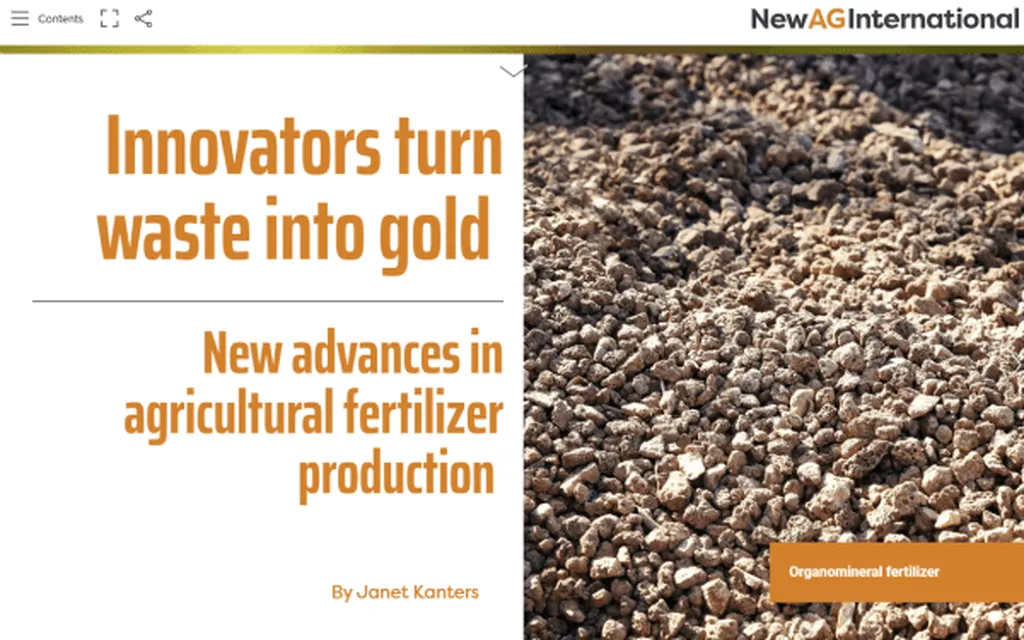In the heart of the University of Memphis, Nabanita Daimary, a researcher at the Biomedical Sensors & Systems Lab, is pioneering a sustainable solution to a dual global challenge: waste management and soil stabilization. Her recent study, published in the journal *Geotechnics* (which translates to *Soil Mechanics* in English), explores the potential of agro-industrial waste to enhance the geotechnical performance of lateritic soils, offering a promising avenue for the energy sector and beyond.
Lateritic soils, prevalent in tropical and subtropical regions, often pose challenges due to their low bearing capacity and high compressibility. Daimary’s research investigates the use of Cement Kiln Dust (CKD) and Rice Husk Ash (RHA) as stabilizing agents. “The increasing difficulty of handling industrial and agricultural wastes has generated interest in reusing these materials,” Daimary explains. Her study marks a significant step towards sustainable construction methodologies, particularly in areas where lateritic soils are abundant.
The research involved an integrated experimental and Artificial Neural Network (ANN) methodology to evaluate and predict geotechnical features. Laboratory assessments measured Atterberg limits, Maximum Dry Density (MDD), Optimum Moisture Content (OMC), and Unconfined Compressive Strength (UCS) at various curing periods. The results were striking. “We observed significant enhancements in soil characteristics with CKD-RHA combinations,” Daimary notes. The study found that the optimal mixture of CKD and RHA could substantially improve the soil’s load-bearing capacity and durability.
One of the most innovative aspects of Daimary’s research is the use of ANN models to predict soil properties. The models, employing GELU, LOGSIG-3, and Leaky ReLU activation functions, achieved remarkable accuracy, with R² values as high as 0.980. This predictive capability could revolutionize the construction industry by enabling engineers to anticipate soil behavior more accurately and design structures accordingly.
The implications for the energy sector are particularly noteworthy. In regions where lateritic soils are prevalent, the use of CKD and RHA for soil stabilization could reduce the need for imported materials, lowering construction costs and environmental impact. This is especially relevant for energy infrastructure projects, such as wind farms and solar installations, which often require extensive ground preparation.
Moreover, the study highlights the potential for agro-industrial waste to be repurposed, reducing the burden on landfills and contributing to a circular economy. “This work underscores the efficacy of CKD-RHA mixtures in improving soil stability and the promise of ANN models as excellent prediction instruments,” Daimary states. Her research not only advances our understanding of sustainable construction but also opens up new possibilities for waste management and resource utilization.
As the world grapples with the challenges of climate change and resource depletion, innovative solutions like Daimary’s are more crucial than ever. Her work serves as a testament to the power of interdisciplinary research, combining geotechnical engineering, artificial intelligence, and environmental science to address real-world problems. In the quest for sustainable development, the integration of agro-industrial waste into construction practices could be a game-changer, offering a path towards more resilient and eco-friendly infrastructure.
Daimary’s research, published in *Geotechnics*, is a beacon of hope for a future where waste is not just discarded but transformed into valuable resources. As the energy sector continues to evolve, the insights gained from this study could pave the way for more sustainable and cost-effective construction practices, ultimately contributing to a greener and more efficient energy landscape.

